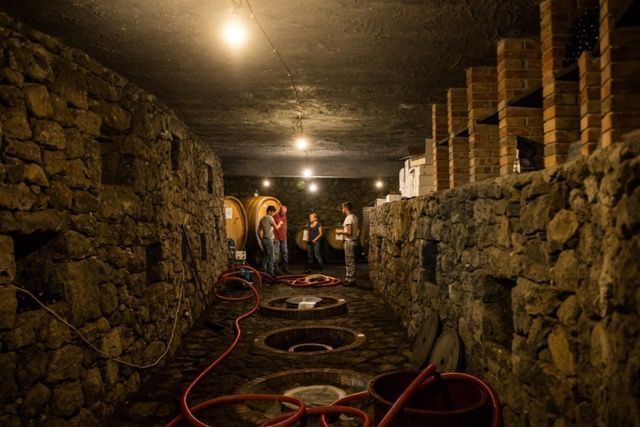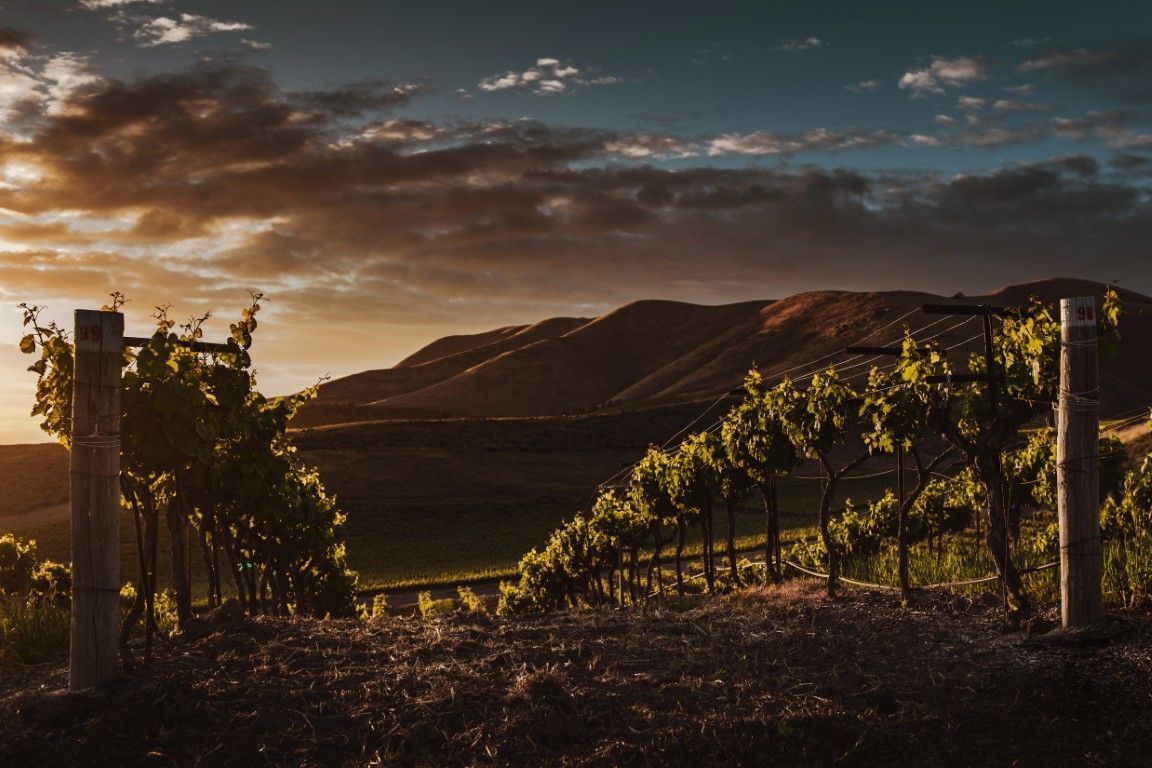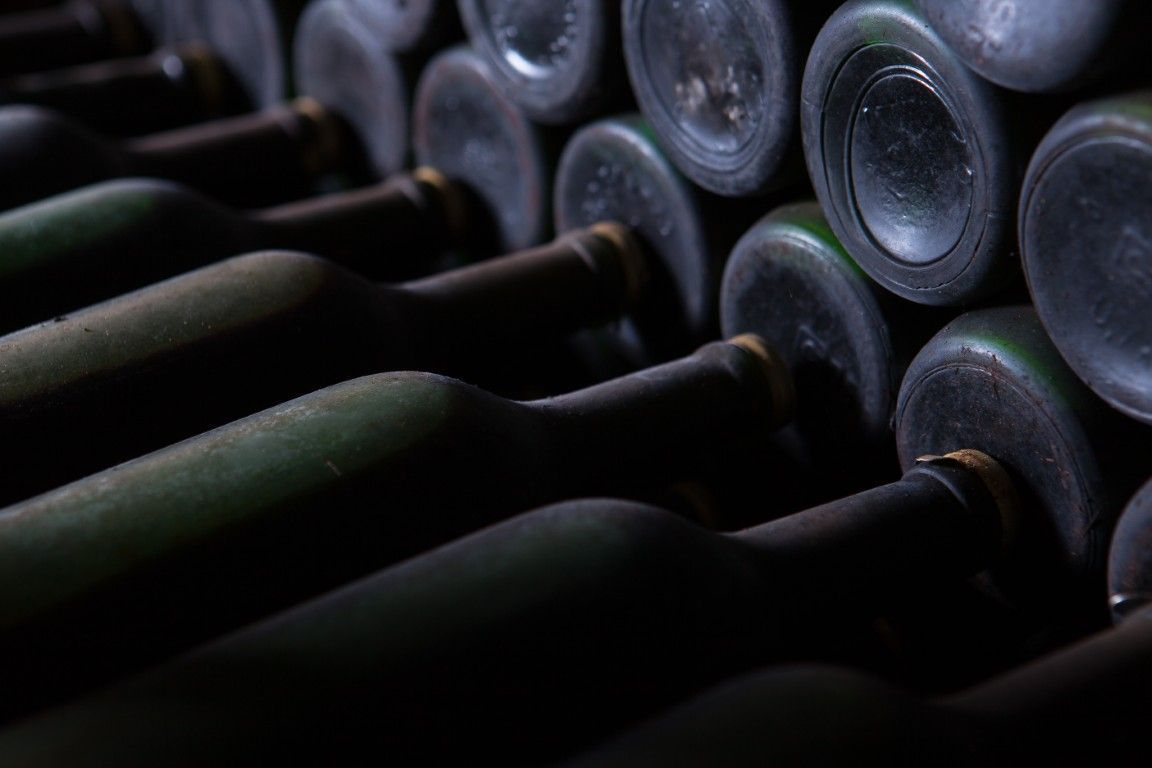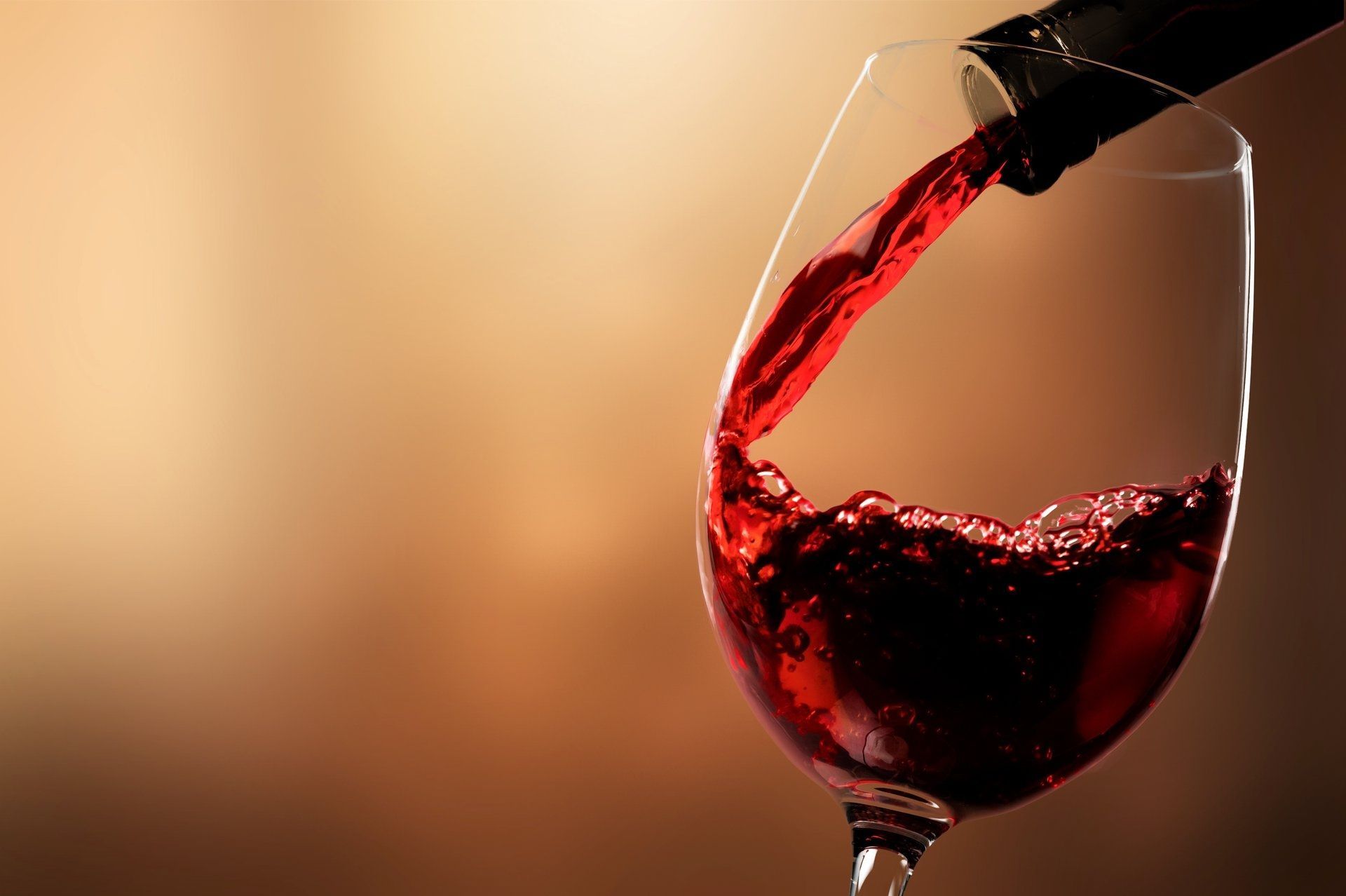Making wine at home is an exciting activity that connects you with an ancient tradition and allows you to enjoy your own creation. In this comprehensive guide, you will learn how to make homemade wine step by step, from selecting the grapes to bottling. Whether you’re interested in knowing how red, white, or rosé wine is made, here you’ll find all the information you need to start this fascinating process.
Selection and Preparation of Grapes
The quality of the wine begins with the selection of grapes, the essential component of any winemaking process. This first step is crucial to ensure a successful final result, as the characteristics of the grapes will directly influence the wine’s flavor, aroma, and texture.
Which Grape Varieties to Choose for Homemade Wine?
Choosing the grape variety is key to defining the type of wine you wish to produce. Some popular varieties and their main characteristics include:
- Cabernet Sauvignon: One of the most commonly used varieties for red wine. It produces full-bodied wines with robust tannins and exceptional aging potential.
- Chardonnay: Ideal for making white wine. It stands out for its fruity aromas, versatility, and adaptability to various winemaking techniques.
- Garnacha: A perfect option for rosé wine, thanks to its vibrant color, fruity notes, and freshness.
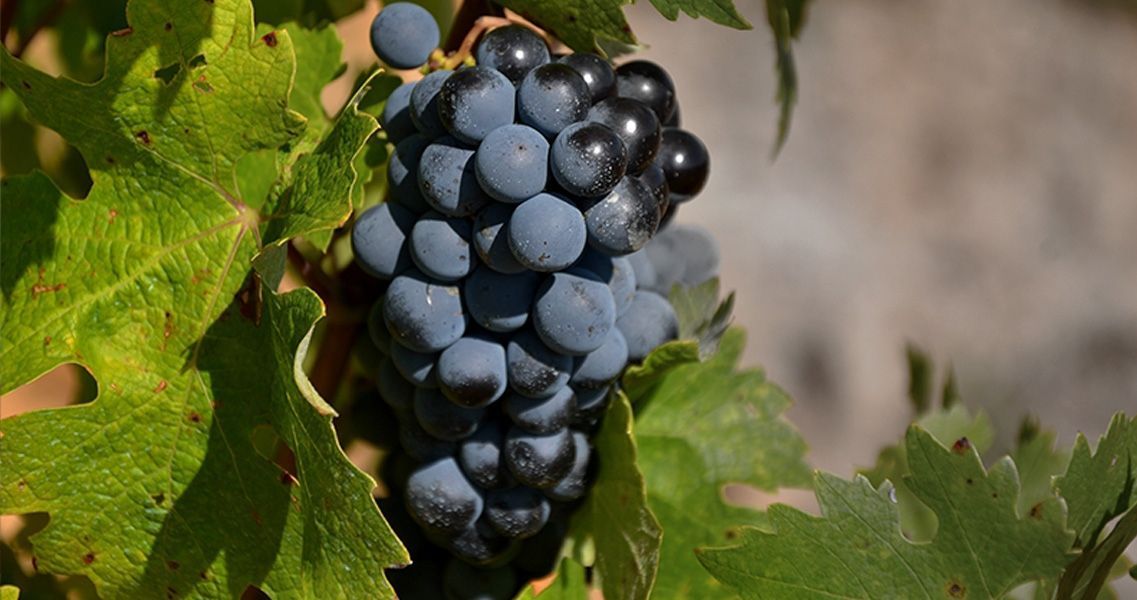
In addition to these varieties, you can explore local grapes that are adapted to your region’s climate. Indigenous grapes are not only easier to handle but also impart a unique character and reflect the local terroir.
The Importance of Harvesting for Wine Quality
The harvest is a decisive moment in winemaking. To obtain quality must, it’s essential to harvest the grapes at their optimal ripeness, when they have reached a perfect balance of sugar, acidity, and aromatic compounds. Here are some key tips:
- Harvest timing: Choose a cool, dry day to minimize oxidation risks and preserve the grapes’ natural aromas.
- Inspection and cleaning: After harvesting, carefully inspect the grapes. Discard any that are damaged, overripe, or in poor condition, as they could affect fermentation.
- Washing: Gently wash the grapes to remove dust, pesticides, or impurities without damaging the skin.
A well-planned harvest not only ensures better final results but also simplifies subsequent processes, such as crushing and maceration. This meticulous care makes the difference between a mediocre and an exceptional wine.
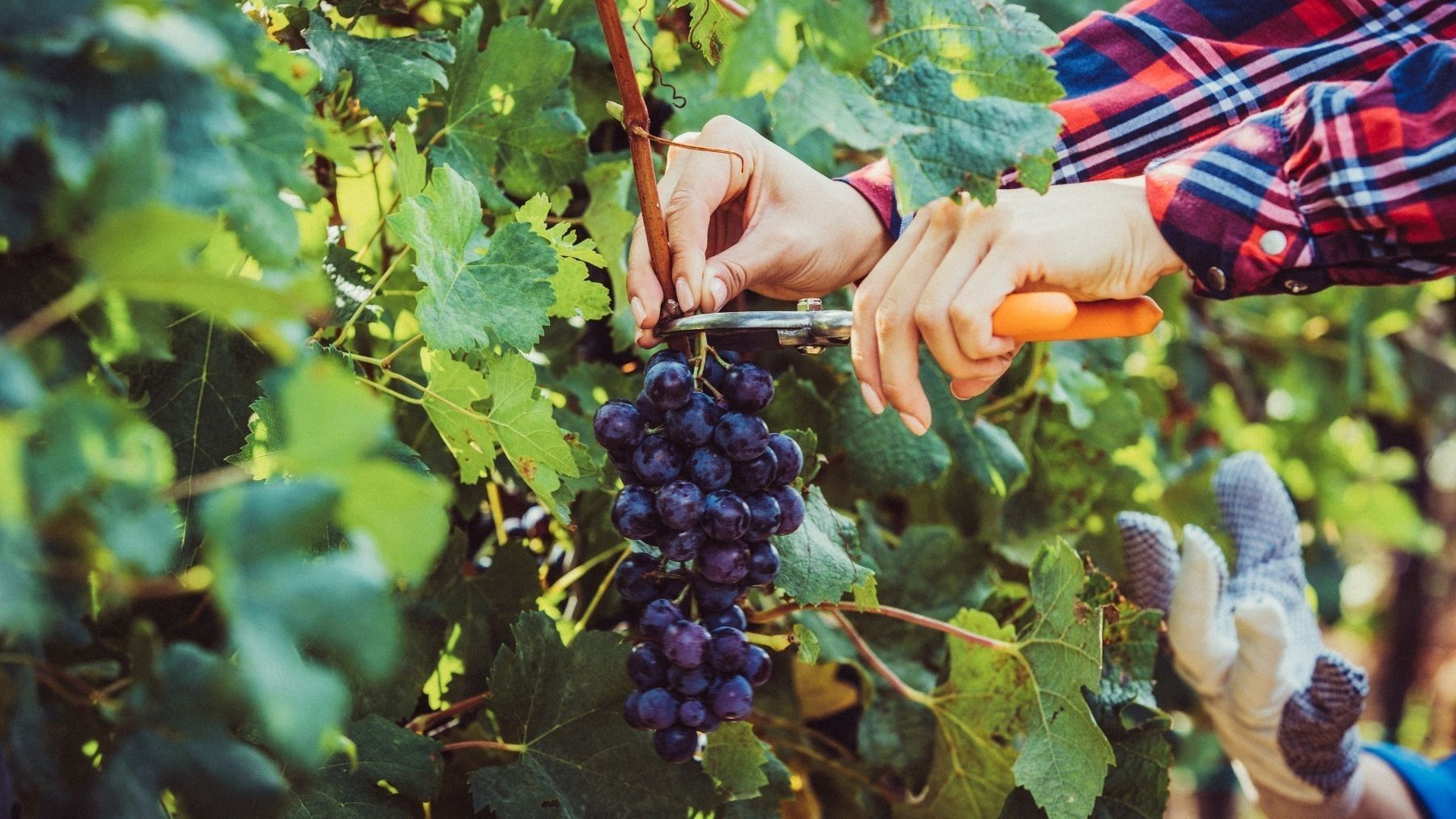
Did you know that quality stoppers are also crucial for preserving the wine’s character? Excellent Cork, an expert in synthetic bottle stoppers, ensures that your wine is preserved in optimal conditions after bottling, guaranteeing a complete experience from the first sip.
Initial Processes for Making Wine
With the grapes selected and prepared, one of the most important steps begins: extracting the must, the essential liquid that will serve as the base for your wine. This initial process combines traditional techniques and technical details that determine the final character of the beverage.
Destemming and Crushing: The Base of the Must
Destemming involves separating the stems from the grapes. This step is essential to avoid the transfer of bitter tannins from the stems to the wine. Once completed, crushing is performed, gently pressing the grapes to release the juice inside.
- Practical tip: Avoid pressing the grapes too hard, as this could crush the seeds and release unwanted compounds, such as excessively bitter tannins.
The result of this phase is the must, a mixture of juice, pulp, skins, and seeds that contains the sugars and acids necessary for wine development.
Maceration: Extracting Color, Aroma, and Flavor
Maceration is the process where the must remains in contact with the skins and seeds. During this time:
- The skins impart the wine’s characteristic color, especially for reds.
- The seeds and skins release tannins, which influence the wine’s structure and body.
- Unique aromas and flavors develop, depending on the grape variety and maceration time.
The maceration time can vary depending on the type of wine you wish to produce:
- Red wine: Prolonged maceration (from days to weeks) to extract intense color and robust tannins.
- White wine: Generally without maceration or with very brief skin contact, resulting in a light color and flavor.
- Rosé wine: Short maceration, usually a few hours, to achieve its characteristic pink hue.
Once maceration is complete, the must is ready for wine fermentation, the process in which the juice’s sugar transforms into alcohol thanks to yeast. This is when the wine’s alchemy comes to life, marking its evolution into a complex and delicious beverage.
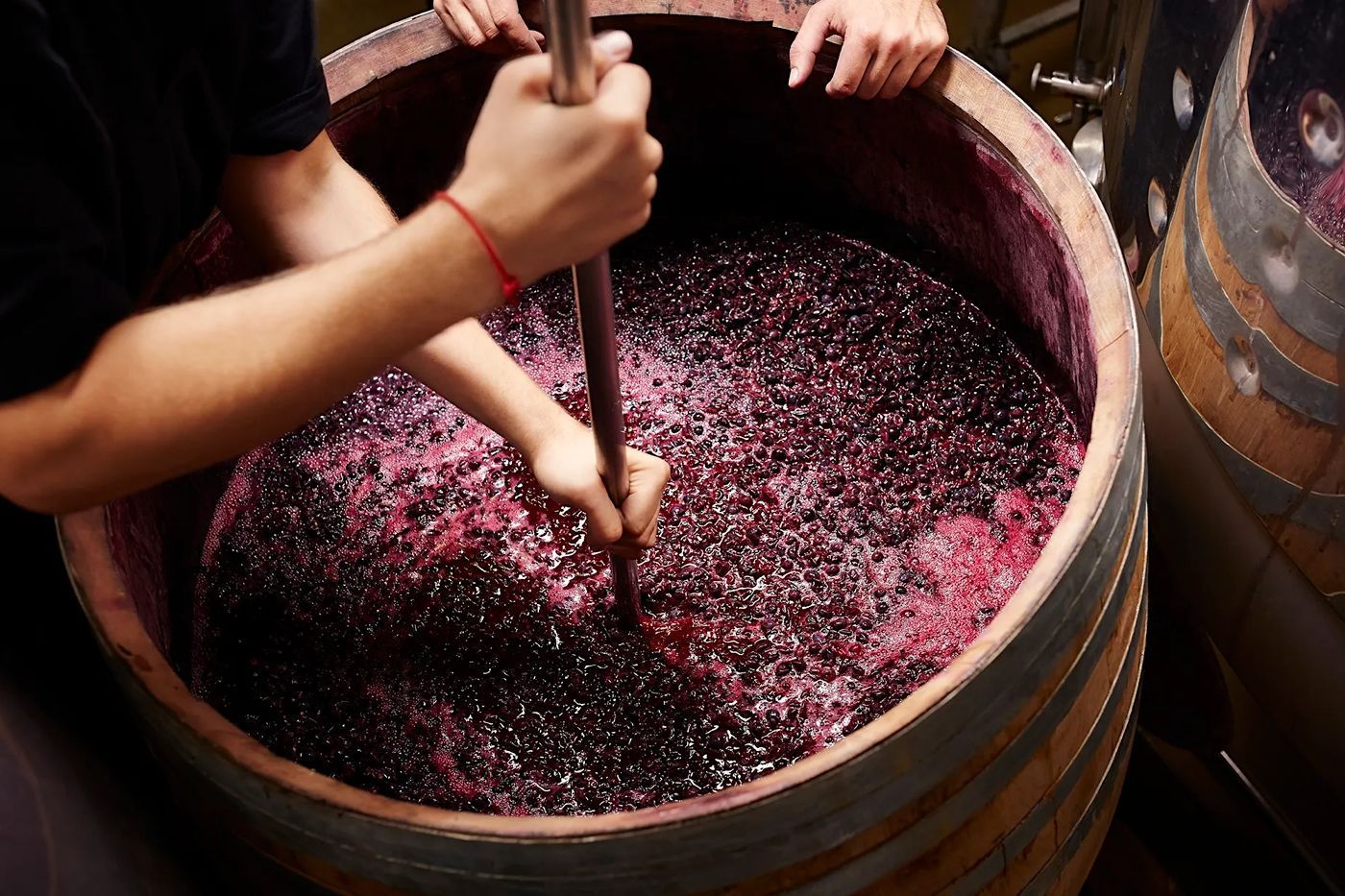
Making Different Types of Wine
How to Make Red Wine
For red wine, maceration with the skins is essential as it imparts the characteristic color. Fermentation usually lasts between 7 and 14 days, maintaining a temperature of 22 to 25°C.
How to Make White Wine
White wine is made without skins or seeds, resulting in its light color and delicate flavor. Fermentation occurs at lower temperatures (12-18°C) to preserve fruity aromas.
How to Make Rosé Wine
Rosé wine combines characteristics of both red and white. The must is left in contact with the skins for only a few hours before they are removed, achieving its distinctive pink tone.
Malolactic Fermentation and Aging
Malolactic fermentation is a secondary but crucial process in winemaking. During this stage, lactic bacteria convert malic acid into lactic acid, softening the wine’s flavor and creating a smoother texture. Although not all wines require this fermentation, it is common in red wines and some full-bodied whites, such as Chardonnay.
Aging: The Art of Wine Evolution
After fermentation, the wine may undergo aging, developing complexity and unique nuances. This can be done in:
- Oak barrels: Ideal for wines seeking a deeper aromatic profile, with notes of vanilla, spices, or toast.
- Stainless steel tanks: Used to preserve freshness and purity in young or fruity wines.
Bottling: The Perfect Closure
The final step is bottling, where every detail matters. Clean and airtight bottles are essential to preserve the wine’s characteristics over time. Here, choosing the right closure is key: Excellent Cork’s synthetic stoppers offer an innovative solution that combines airtightness, sustainability, and the ability to preserve the wine’s aromas and flavors.


